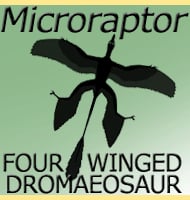Volkheimeria
In Depth The holotype remains of Volkheimeria were found in close proximity to the remains of five individuals of the sauropod Patagosaurus as well as two individuals of the theropod Piatnitzkysaurus. Volkheimeria has a substantially shorter ilium than Patagosaurus, so even though the remains of Volkheimeria are vastly incomplete, it seems to have been a … Read more
